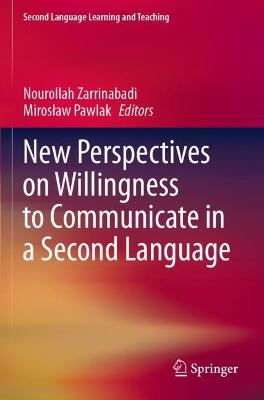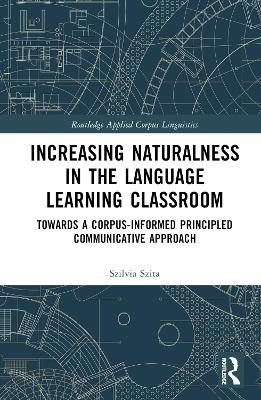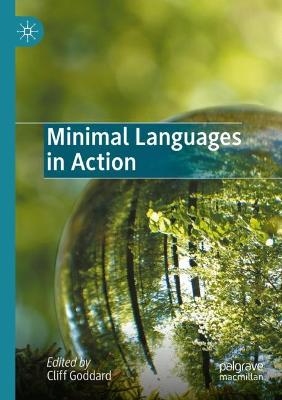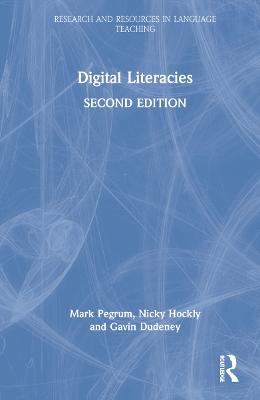New Perspectives on Willingness to Communicate in a Second Language
 portes grátis
portes grátis
New Perspectives on Willingness to Communicate in a Second Language
Zarrinabadi, Nourollah; Pawlak, Miroslaw
Springer Nature Switzerland AG
05/2022
264
Mole
Inglês
9783030676360
15 a 20 dias
427
Descrição não disponível.
Introduction: Main research directions in the study of L2 WTC.- L2 willingness to communicate as a complex dynamic system.- The willingness to communicate of migrants in an ESL context viewed from a dynamic systems perspective: The influence of past and present language learning experiences.- Building dialogue between cultures: Expats' way of coping in a foreign country and their willingness to communicate in a foreign language.- The link between FL self-assessment and willingness to communicate: A comparative study of Polish and Italian students.- What does students' willingness to communicate or reticence signify to teachers?.- Positive predictive value of extroversion in diagnosing L2 willingness to communicate.- On the effect of using a flipped classroom methodology on Iranian EFL learners' willingness to communicate.- Examining willingness to communicate in English using experience sampling method.- The opportunity to communicate: Introducing a network approach to L2 WTC research.- The Effect of Teachers' Immediacy, Self-Disclosure, and Technology Policy on Developing Students' Willingness to Communicate in Iranian Intermediate EFL Context.- Vocabulary Size as a Predictor of Willingness to Communicate inside the Classroom.- Some Directions for Future Research on Willingness to Communicate.
Este título pertence ao(s) assunto(s) indicados(s). Para ver outros títulos clique no assunto desejado.
Foreign/Second Language Learning and Teaching;Mixed Methods Research;Willingness to Communicate;Flipped Classroom Strategy;Individual Differences
Introduction: Main research directions in the study of L2 WTC.- L2 willingness to communicate as a complex dynamic system.- The willingness to communicate of migrants in an ESL context viewed from a dynamic systems perspective: The influence of past and present language learning experiences.- Building dialogue between cultures: Expats' way of coping in a foreign country and their willingness to communicate in a foreign language.- The link between FL self-assessment and willingness to communicate: A comparative study of Polish and Italian students.- What does students' willingness to communicate or reticence signify to teachers?.- Positive predictive value of extroversion in diagnosing L2 willingness to communicate.- On the effect of using a flipped classroom methodology on Iranian EFL learners' willingness to communicate.- Examining willingness to communicate in English using experience sampling method.- The opportunity to communicate: Introducing a network approach to L2 WTC research.- The Effect of Teachers' Immediacy, Self-Disclosure, and Technology Policy on Developing Students' Willingness to Communicate in Iranian Intermediate EFL Context.- Vocabulary Size as a Predictor of Willingness to Communicate inside the Classroom.- Some Directions for Future Research on Willingness to Communicate.
Este título pertence ao(s) assunto(s) indicados(s). Para ver outros títulos clique no assunto desejado.







